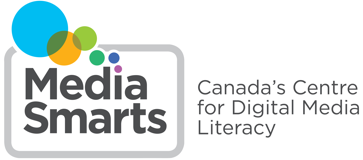
Miscast and Seldom Seen - Lesson
In this lesson students consider how well their favourite TV shows, movies and video games reflect the diversity of Canadian society.

That’s Not Me: Addressing diversity in media
Teachers who include media literacy in their classrooms often face issues that don’t arise in other subjects. Nothing illustrates this better than the issue of diversity in media. It’s not unreasonable for teachers to see the topic as a can of worms and be concerned about offending students and their parents – not to mention worrying about what the students themselves might say. At the same time, it’s a topic that is simply too important to be ignored: what we see in media hugely influences how we see others, ourselves and the world. As a result, an ability to analyze media depictions of diversity is not only a key element of being media literate, it’s essential to understanding many of the social issues and concerns that we face as citizens. That’s why Media Awareness Network has developed That’s Not Me – a new online tutorial for professional development to help educators and community leaders approach this issue through key concepts of media literacy.

Who's Telling My Story?
In this lesson students learn about the history of blackface and other examples of majority-group actors playing minority-group characters such as White actors playing Asian and Aboriginal characters and non-disabled actors playing disabled characters.

Unpacking Privilege
Students are introduced to the idea of “privilege” in relation to diversity and how it applies to media. They then look at a checklist of media related privileges to help them understand the concept.

